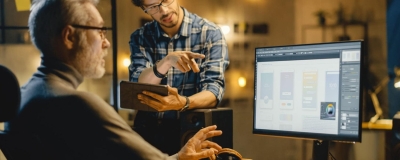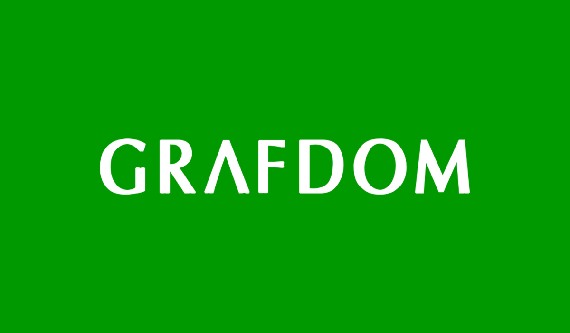10 Key Elements of Modern Web Design That Drive User Engagement
In the rapidly evolving digital landscape, where users have an abundance of choices at their fingertips, capturing and maintaining their attention presents a formidable challenge. A well-designed website is necessary not just for its visual attractiveness but also for providing an immersive and user-friendly experience. In this blog post, we will delve into 10 crucial elements of modern web design that are instrumental in driving user engagement.
1. Responsive Design
In today’s diverse device landscape, responsive design is not just a luxury but a necessity. A responsive website adjusts to different screen sizes effortlessly, offering a consistent and engaging experience for users across platforms such as desktops, laptops, tablets, and smartphones. The relevance of responsive design for both user experience and search engine optimisation is highlighted by Google’s prioritisation of mobile-first indexing.
2. Intuitive Navigation
User frustration often stems from difficulty navigating a website. Intuitive navigation is the linchpin for keeping users engaged. A favourable user experience is enhanced by clear and well-organised menus, easily accessible connections, and a logical page hierarchy. Users should effortlessly find the information they seek, promoting prolonged interaction with the site.
3. Compelling Visuals
The adage “a picture is worth a thousand words” holds true in web design. Engaging visuals, including high-quality images, graphics, and videos, significantly enhance user engagement. Striking the right balance is crucial, as an excess of visuals can compromise a site’s loading speed, negatively impacting the user experience.
4. Fast Loading Speed
Users expect websites to load quickly in this age of immediate gratification. Slow-loading pages can increase bounce rates and decrease user engagement. Image optimisation, smart use of browser caching, and minimising HTTP queries are critical for increasing website speed. Content Delivery Networks (CDNs) can also be employed to distribute content globally, reducing latency.
5. Interactive Elements
Engaging users goes beyond presenting static information. Incorporating interactive elements like sliders, quizzes, polls, and animations can captivate visitors, encouraging them to explore the website further. However, it is critical to ensure that these aspects enhance the user experience rather than producing distractions or harming site speed.
6. User-Centric Content
While content is undeniably king, user-centric content reigns supreme. Understanding the target audience and creating content that addresses their needs, concerns, and interests is paramount. Utilising clear and concise language, breaking content into digestible chunks, and employing visually appealing typography ensures that well-crafted content not only informs but also sustains user engagement.
7. Whitespace and Minimalism
A cluttered and overwhelming design can drive users away. Embracing whitespace and adopting a minimalist design approach enhances visual appeal while improving readability and comprehension. Minimalistic design focuses on essential elements, creating a clean and uncluttered interface that guides users through the content seamlessly.
8. Calls to Action (CTAs)
Every web page should have a purpose, and CTAs guide users toward fulfilling that purpose. Strategically placed and compelling CTAs prompt users to take action, whether it’s making a purchase, signing up for a newsletter, or downloading a resource. Using contrasting colours, persuasive language, and a sense of urgency makes CTAs effective.
9. Social Media Integration
Social media is an effective marketing tool for engaging users and expanding online presence. Integrating social media buttons and feeds into the website enables users to share content easily and stay connected with the brand. It also provides an avenue for user-generated content and community building.
10. Accessibility
Web accessibility is not merely a legal requirement; it’s a moral imperative and a sound business practice. A website accessible to users with disabilities ensures a broader reach and inclusivity. Elements such as alt text for images, readable fonts, and keyboard navigation contribute to a more accessible and user-friendly experience.
Conclusion
In the fiercely competitive realm of the internet, modern web design stands as a critical factor in attracting and retaining users. By incorporating responsive design, intuitive navigation, compelling visuals, fast loading speed, interactive elements, user-centric content, whitespace and minimalism, effective CTAs, social media integration, and accessibility features, a website can create a positive and engaging user experience. As technology continues to evolve, staying abreast of the latest trends and user preferences will be essential for web designers and businesses aiming to make a lasting impression on their audience.












